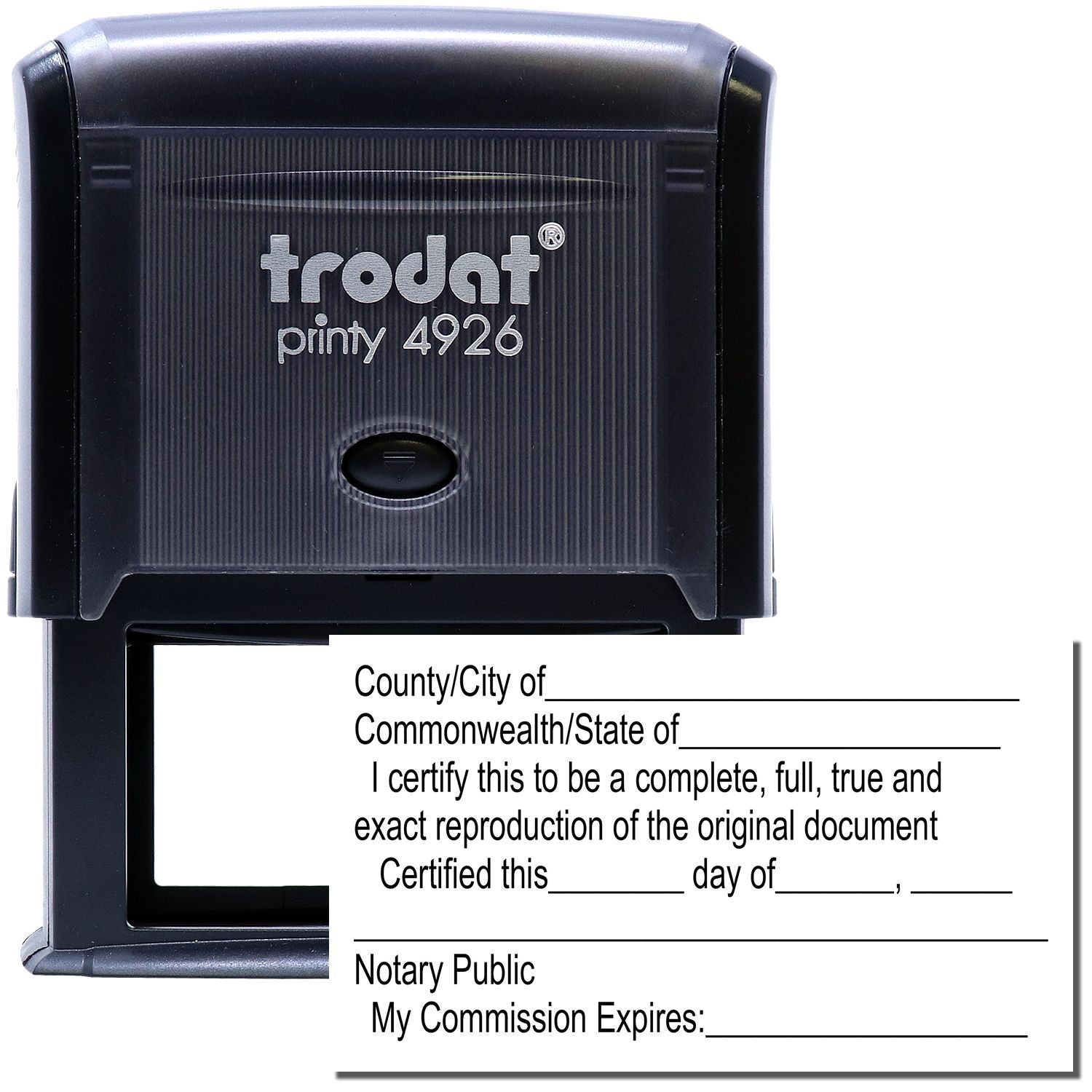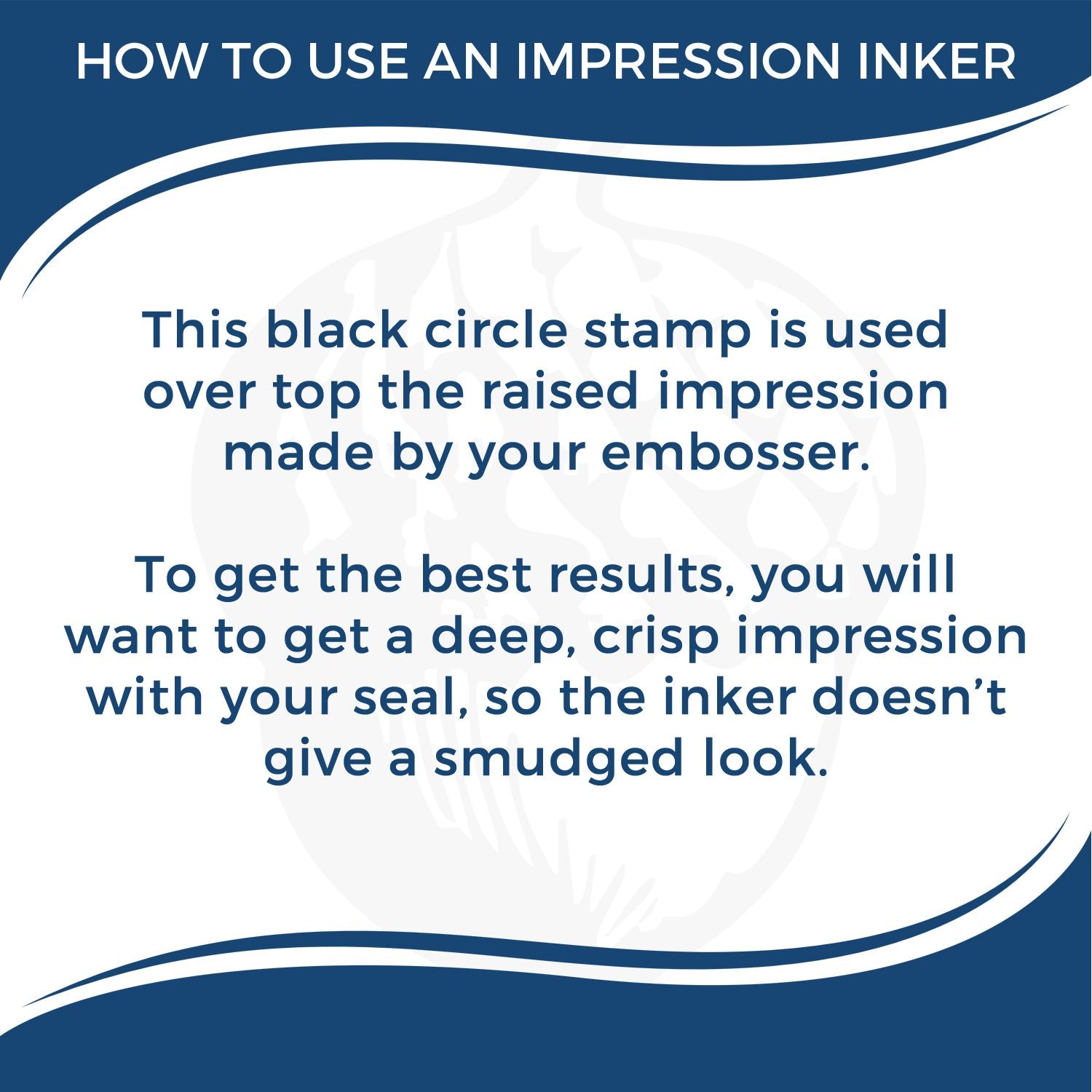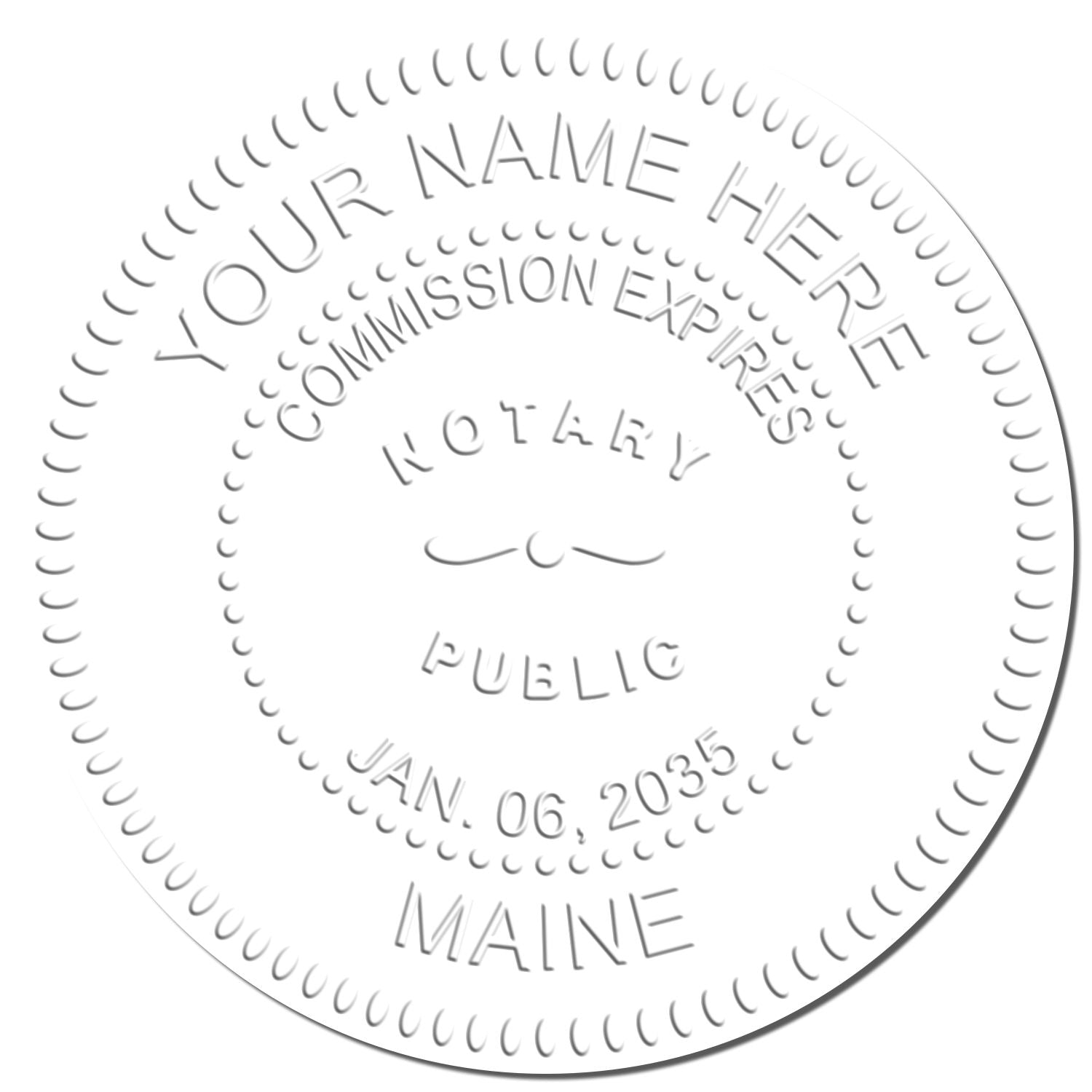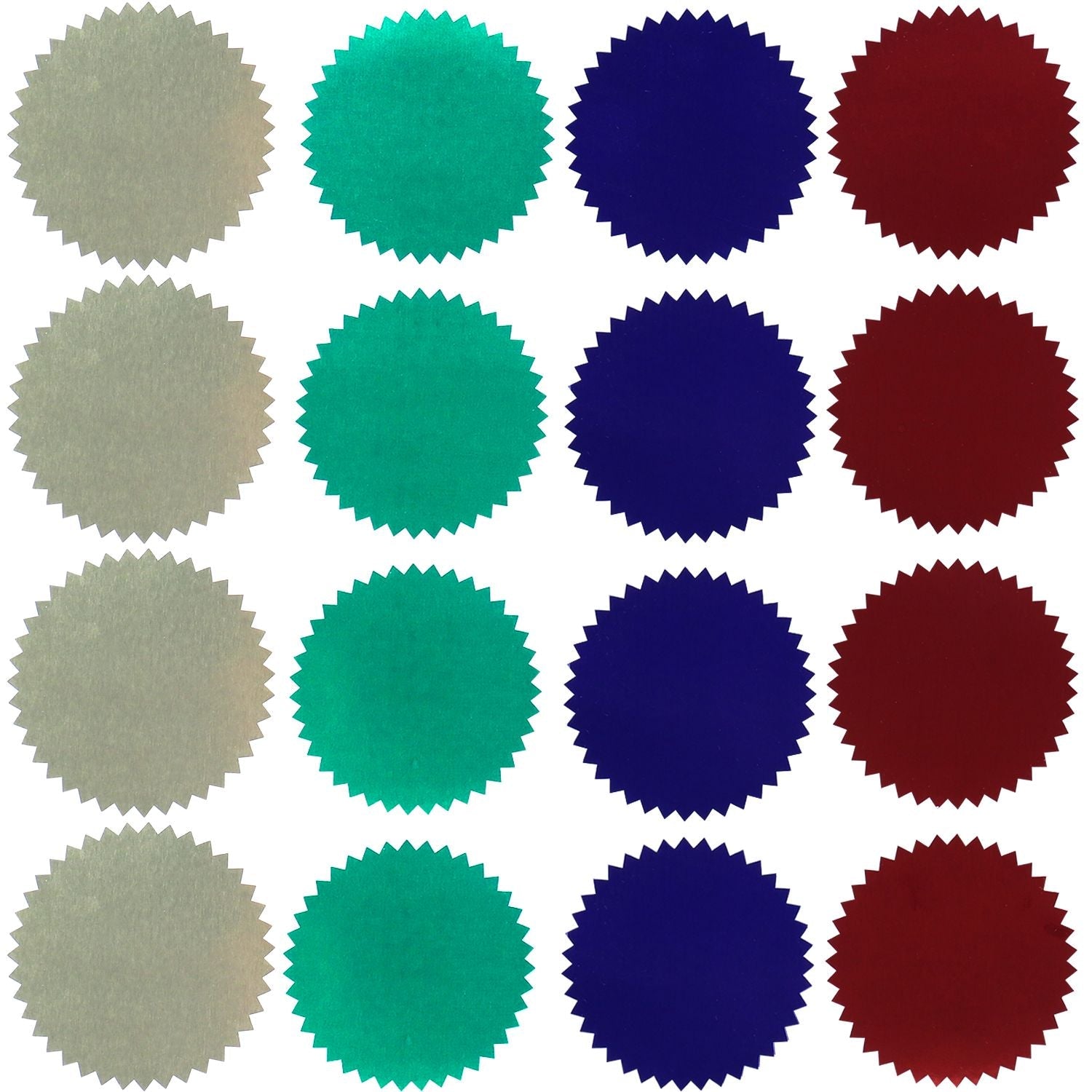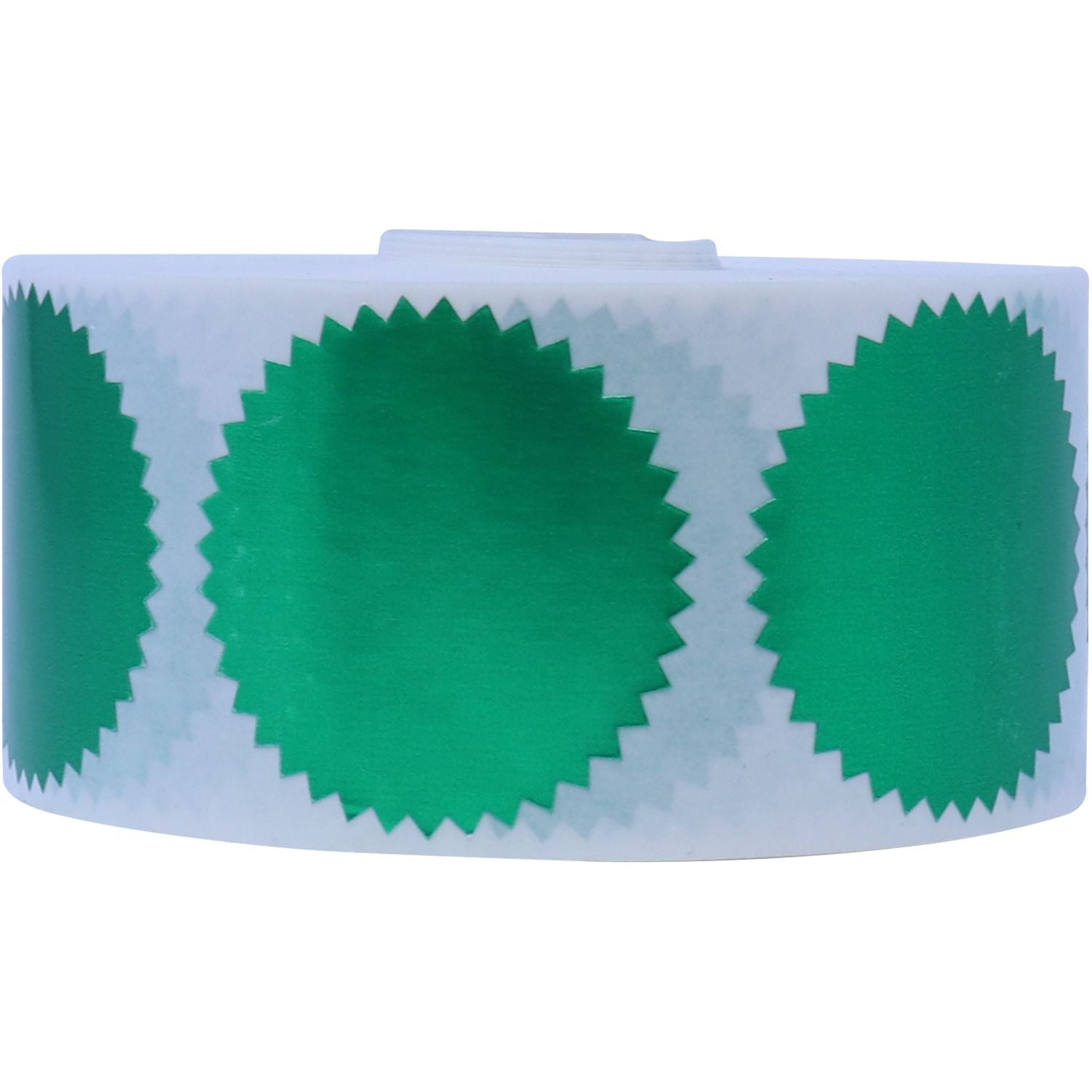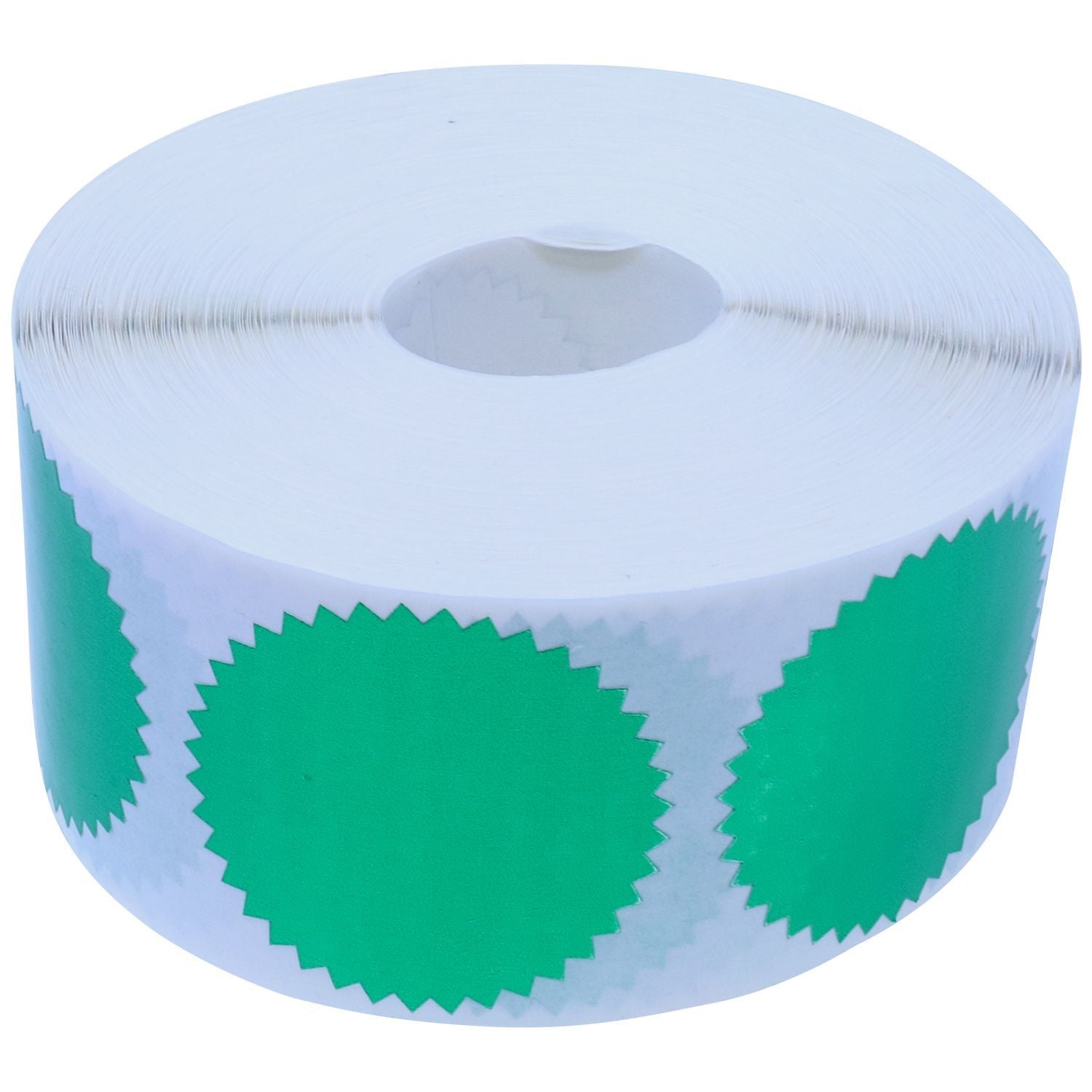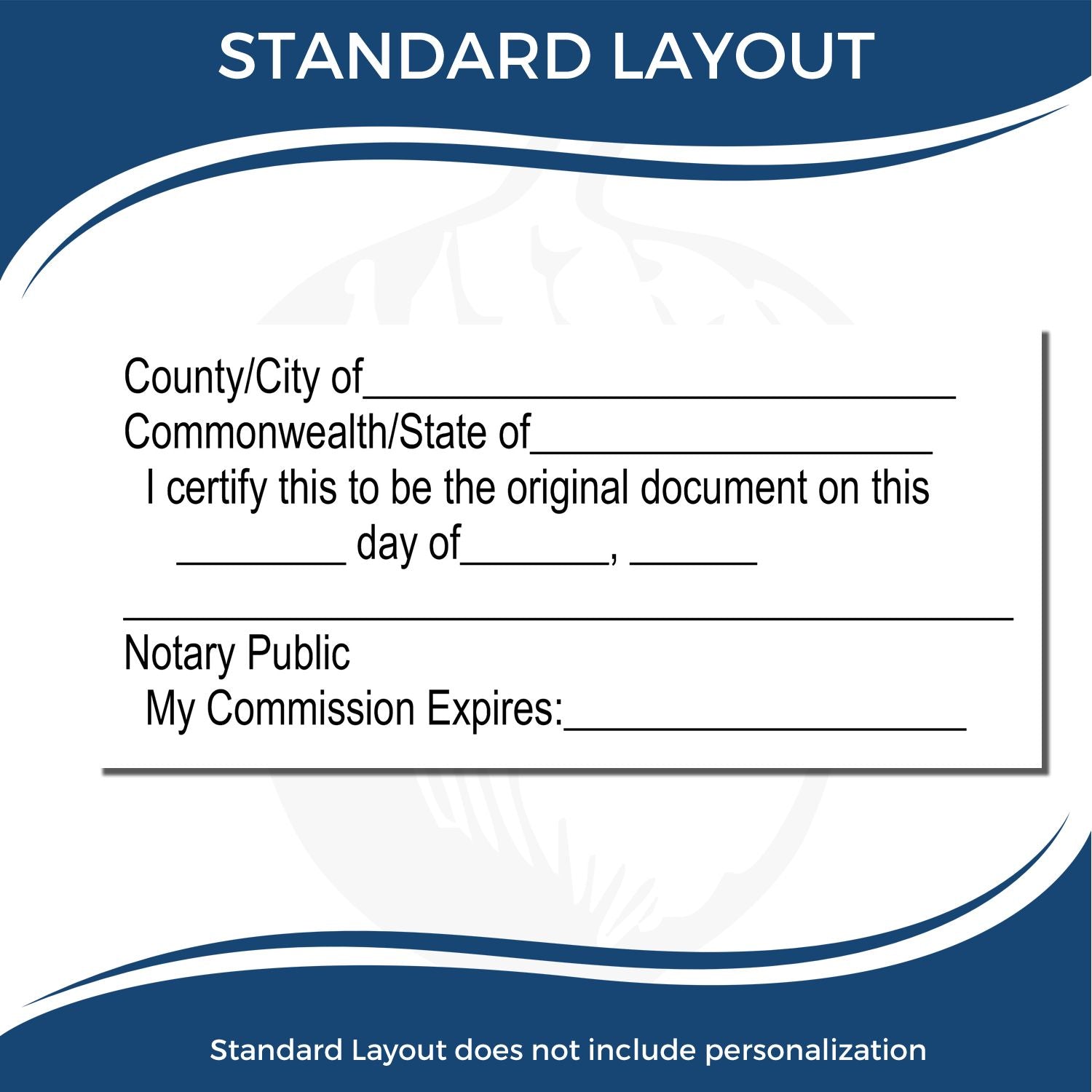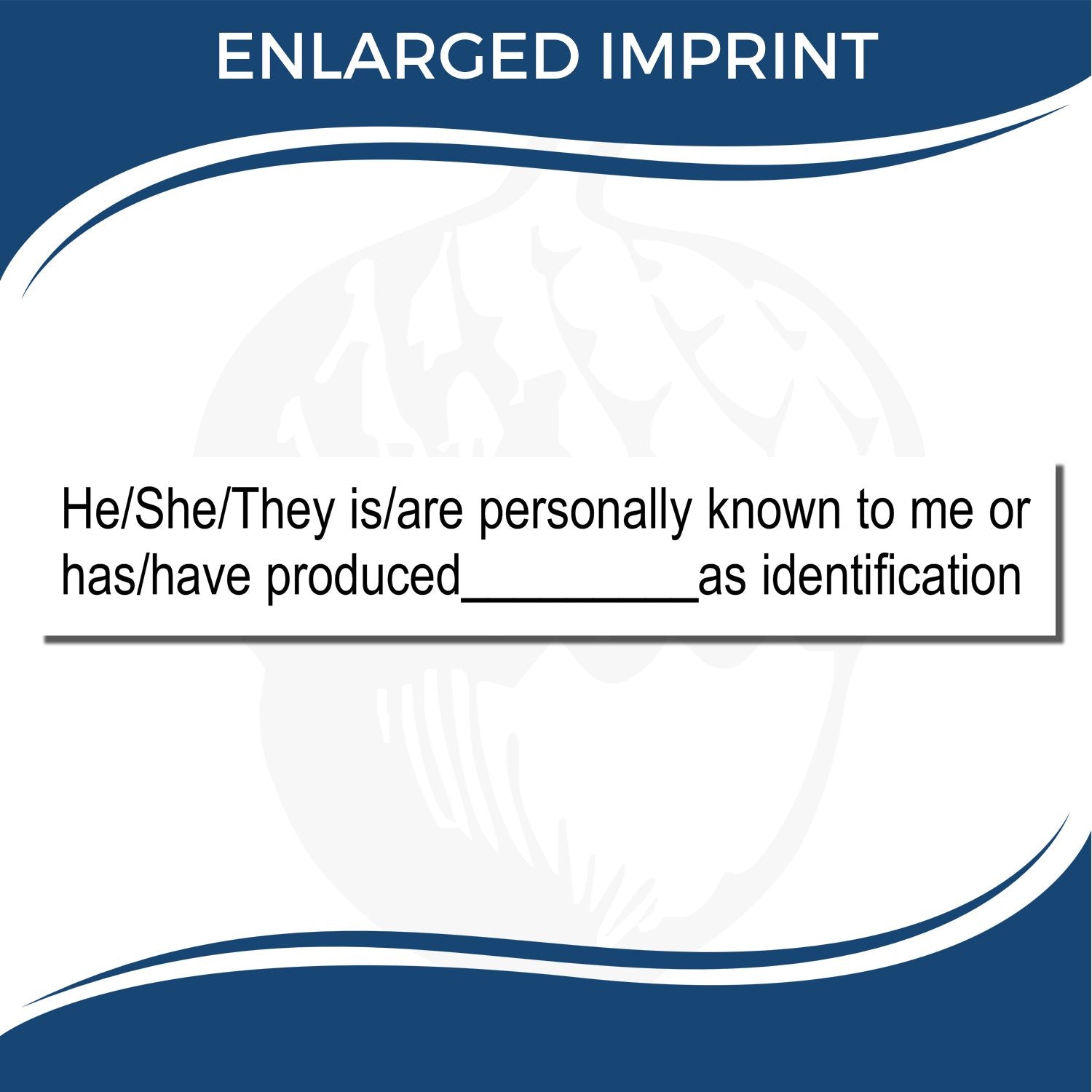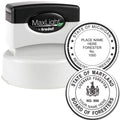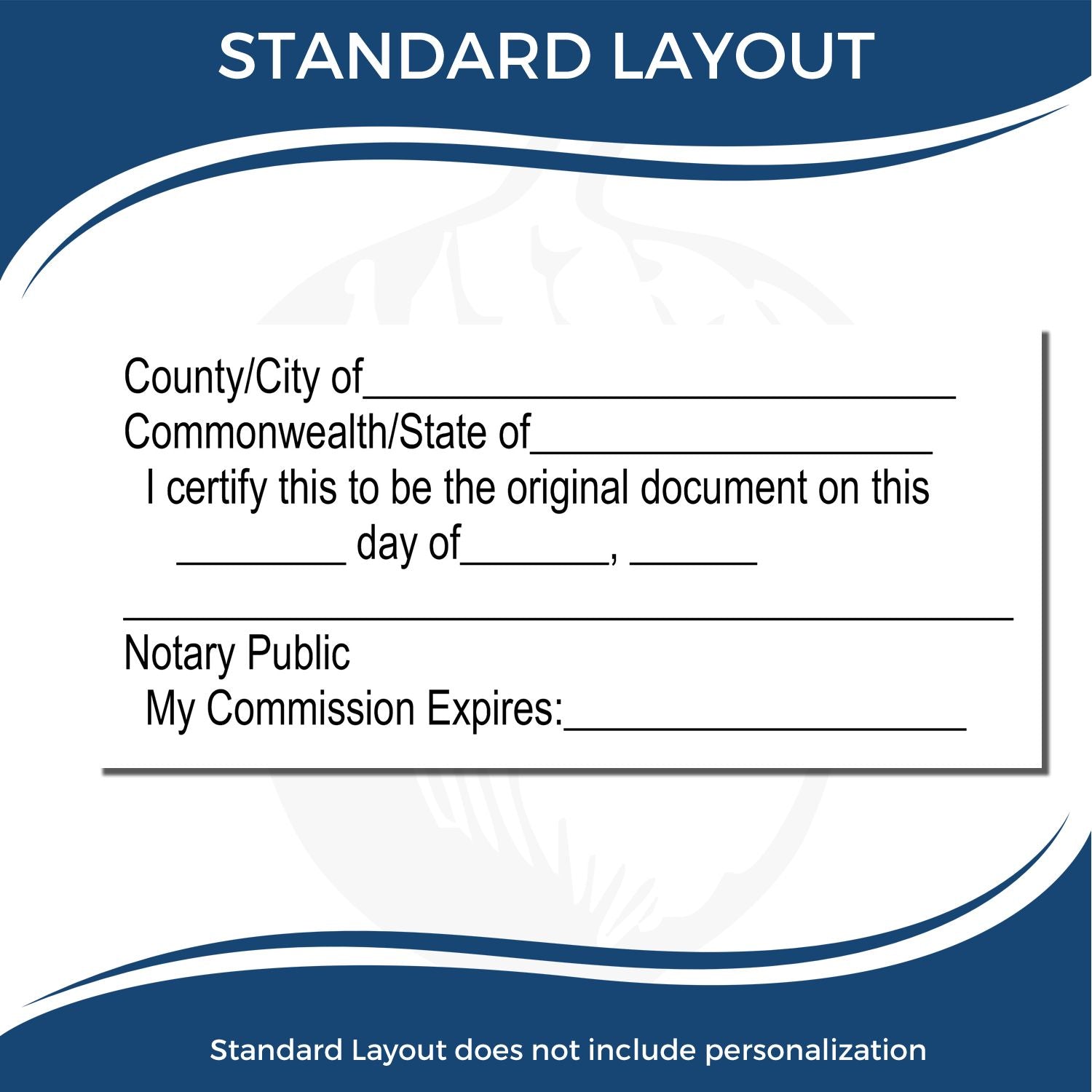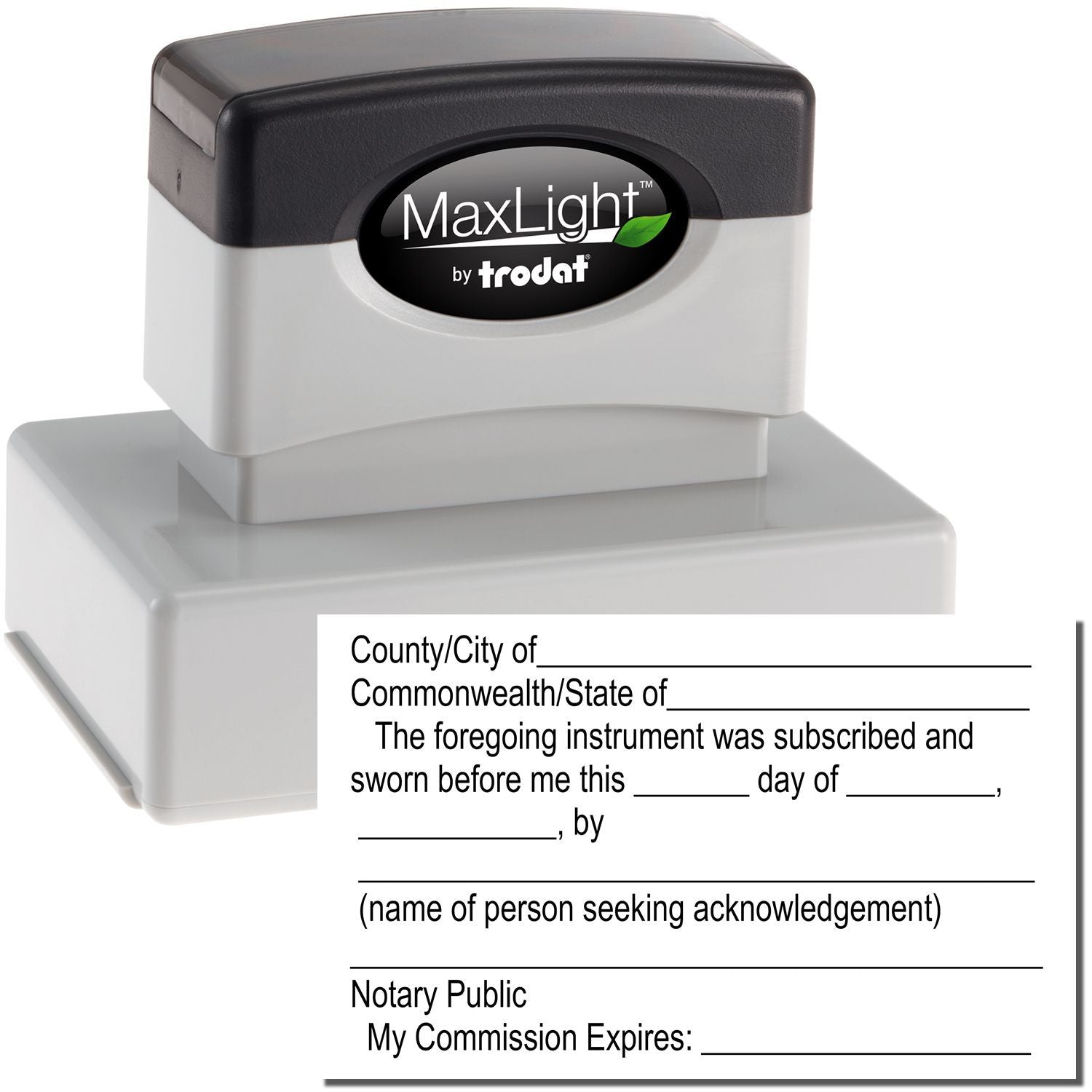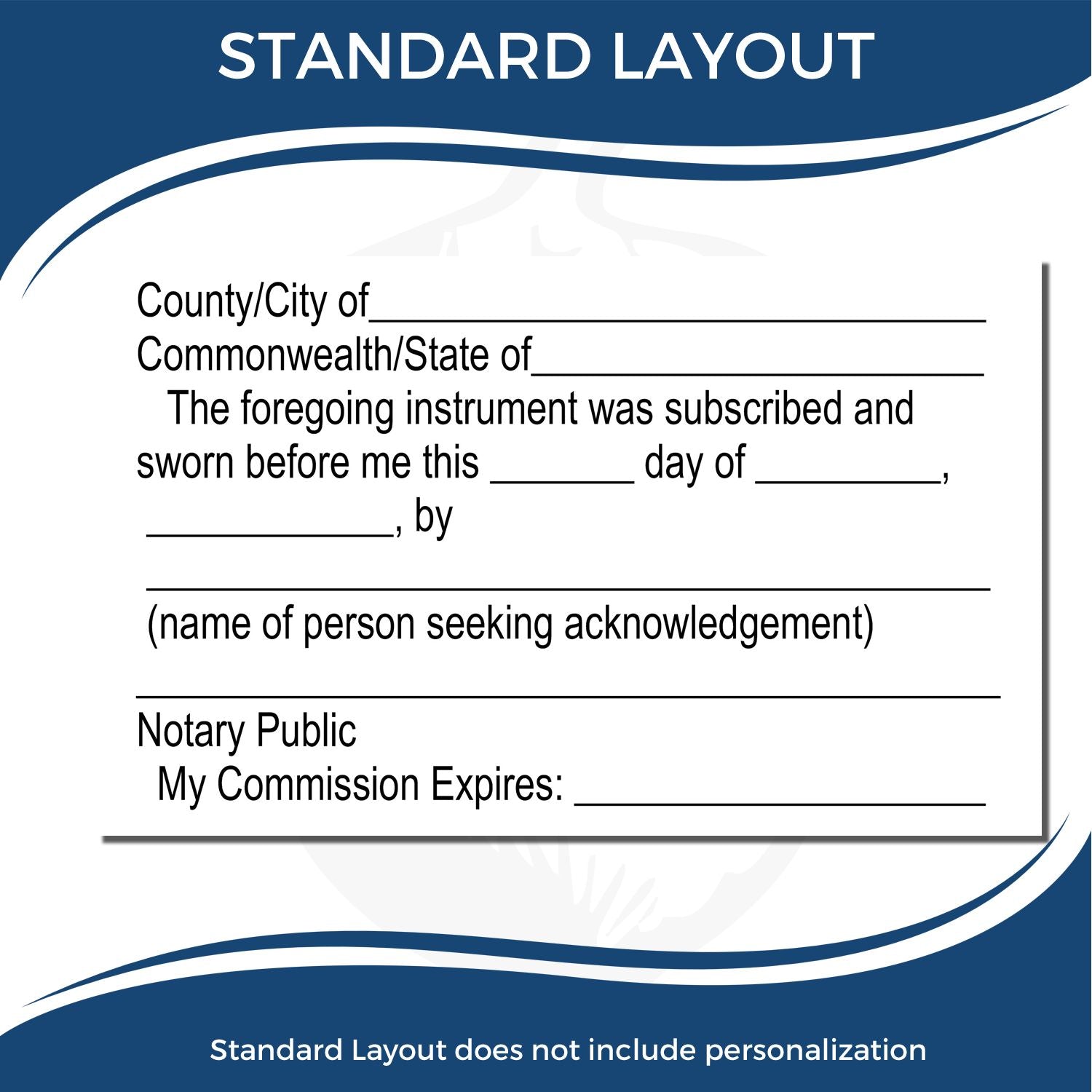If you’re ready to buy U.S. Virgin Islands notary seal but aren’t quite sure how to start, you’re in the right place. Whether you’re a newly commissioned notary public or simply looking to upgrade your current seal, having the right tools can save you from last-minute headaches. A high-quality seal isn’t just about stamping documents—it shows clients you’re prepared and professional. Below, we’ll walk through the essentials for getting your seal in order, introduce you to your supplier options, and share some insider tips to make your journey smoother.
Understand Notary Requirements
Before diving into seal and stamp shopping, it helps to understand how notary laws work in the U.S. Virgin Islands. The local regulations outline what identifying information your seal must include, how you should use it, and why record-keeping matters. So, let’s clear away any confusion and highlight the key points:
- You generally need to display your name, your official title (U.S. Virgin Islands Notary Public), and sometimes your commission expiration date on your seal.
- Official documents—like affidavits and acknowledgments—typically won’t be complete unless they carry your proper seal impression.
- If you’re new to this, remember that every time you notarize, you’re vouching for the identity and intent of the signer, so your seal should never be misused or lent out.
Staying compliant can sound a bit tedious at first, but trust me, it’s more straightforward than it looks. Your goal is to protect both yourself and the public, and a compliant seal helps you do just that. And yes, there might be a small learning curve—like remembering where to store your seal and how to handle your notary journal. But after a few uses, stamping becomes second nature.
Double-check the latest notary laws or guidelines available through official government websites. Regulations can change over time, and your commission requirements might be updated when you renew. If you ever feel uncertain, a quick email to the local authorities can clarify what your stamp must feature. It’s always better to ask the question now than to stress about it later.
Explore Your Seal Options
Jumping into the market for a notary seal can feel overwhelming at first. You’ll find various designs, technologies, and formats. So, let’s break it down:
Embossers: These are the classic metal devices that crimp the paper. They’re popular for leaving a raised impression that’s tough to counterfeit. One thing to note is that embossed imprints can be harder to scan or photocopy, which can sometimes be an issue if you do a lot of digital document work.
Self-Inking Stamps: If you’re looking for ease of use, a self-inking stamp might top your must-have list. It houses its own ink pad inside, so you don’t have to worry about constantly re-inking. When you press down, the rubber plate flips against the ink pad before hitting the paper, ensuring a crisp imprint every time.
Pre-Inked Stamps: These stamps are infused with ink and usually offer very sharp, clean impressions. They can be slightly more expensive up front, but if crisp details are critical for your notary practice, this might be a worthy investment.
Portable Keychain or Pocket Stamps: Do you notarize documents occasionally at off-site locations? A compact stamp or embosser can be a lifesaver. Pocket-style seals are designed to be lightweight, so you can stash them in a small bag or even a coat pocket.
While all these seal types serve the same basic function—verifying your authority—consider how and where you work. If you’re in an office environment with hefty document stacks, a reliable self-inking or pre-inked stamp might keep your workflow smooth. If you frequently notarize out in the field, portability becomes a bigger consideration. Evaluate your daily routine, and then pick the style that matches it best.
Choose a Trusted Supplier
Not all seals or stamps meet the same standard, especially when you factor in durability, clarity, and compliance. Because you’re dealing with important legal documents, going for a cheap, poorly made seal can backfire. Faint impressions or inaccurate text could lead to invalid notarizations, not to mention frustration and wasted money.
Here’s what to look for in a supplier:
- Quality Materials: Metal embossers should have sturdy construction and not easily bend. Self-inking stamps need to hold up through repeated use without the text plate wearing out prematurely.
- Official Compliance: The supplier should be up to date on local notary laws and guidelines. That way, your seal automatically meets U.S. Virgin Islands requirements without you juggling extra research.
- Customer Support: Questions might pop up along the way, like what color ink you’re allowed to use. A solid supplier typically offers phone or email support to help you get answers and solutions quickly.
Why ESS For Your Seal
When it comes to U.S. Virgin Islands notary supplies, you want a supplier who has seen it all and can offer you products designed to last. ESS has been in business since 1964, and that long history provides an extra layer of assurance. After all, a half-century in the field means they’ve mastered the craft of creating high-quality seals and stamps.
With ESS, you’ll experience:
- Quick Service: Waiting too long for a notary seal can put a real damper on your daily workflow. ESS prides itself on fast turnaround times, so you can get your seal quickly and keep your clients happy.
- A Free Electronic Stamp: When you purchase a physical stamp or seal, you also receive an electronic version at no additional cost. That’s a bonus if you need to sign and send documents via digital platforms.
- Decades of Expertise: Since they’ve been serving notaries for so many years, ESS understands the ins and outs of meeting specific local regulations. They can guide you toward the right product instead of leaving you to guess.
By choosing a reputable supplier, you not only save yourself from potential errors, but you also streamline your daily operations. Your seal is a reflection of your professionalism, so you want it to look sharp and function properly—EST.1964 experience should give you the peace of mind that you’re in capable hands.
How To Place Your Order


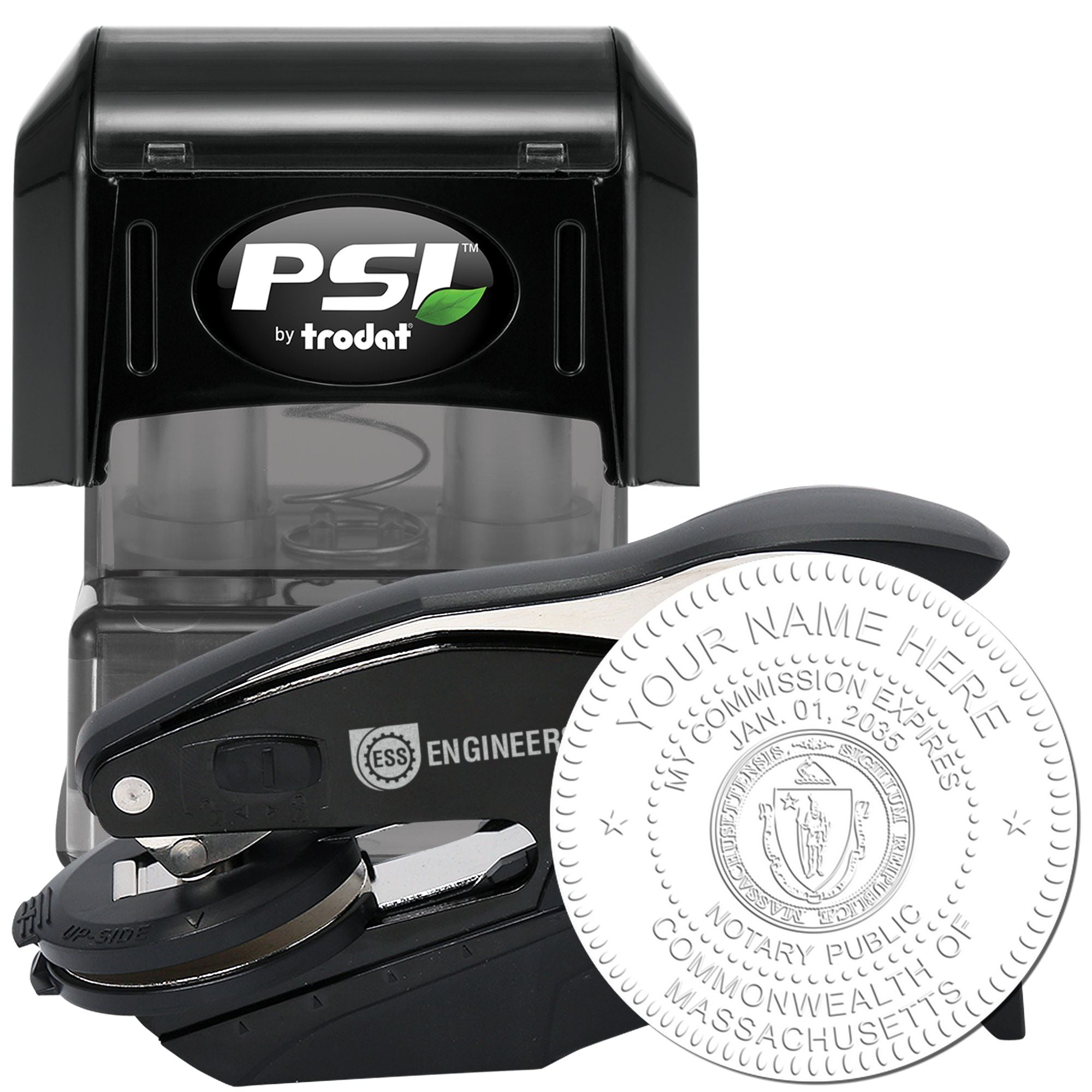
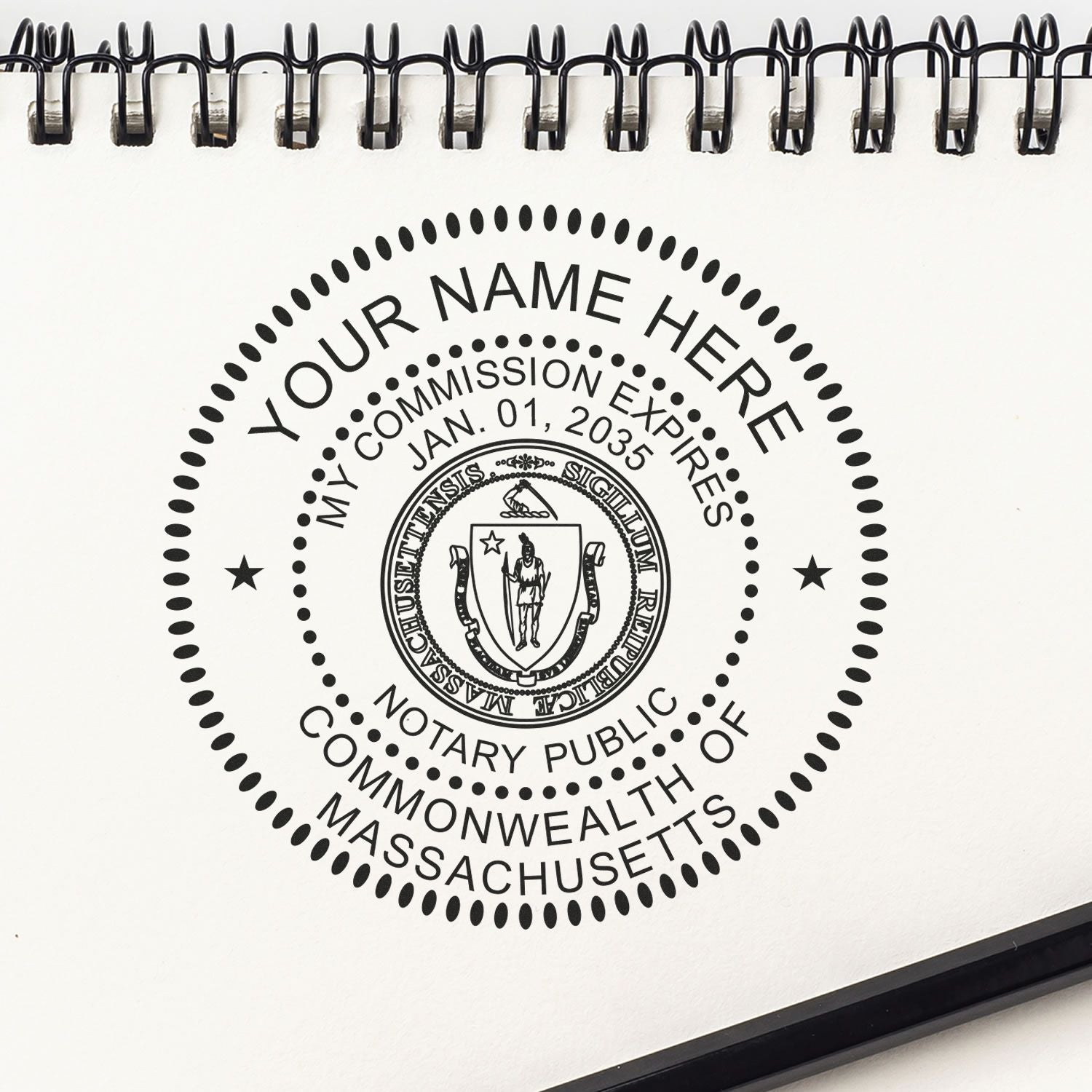
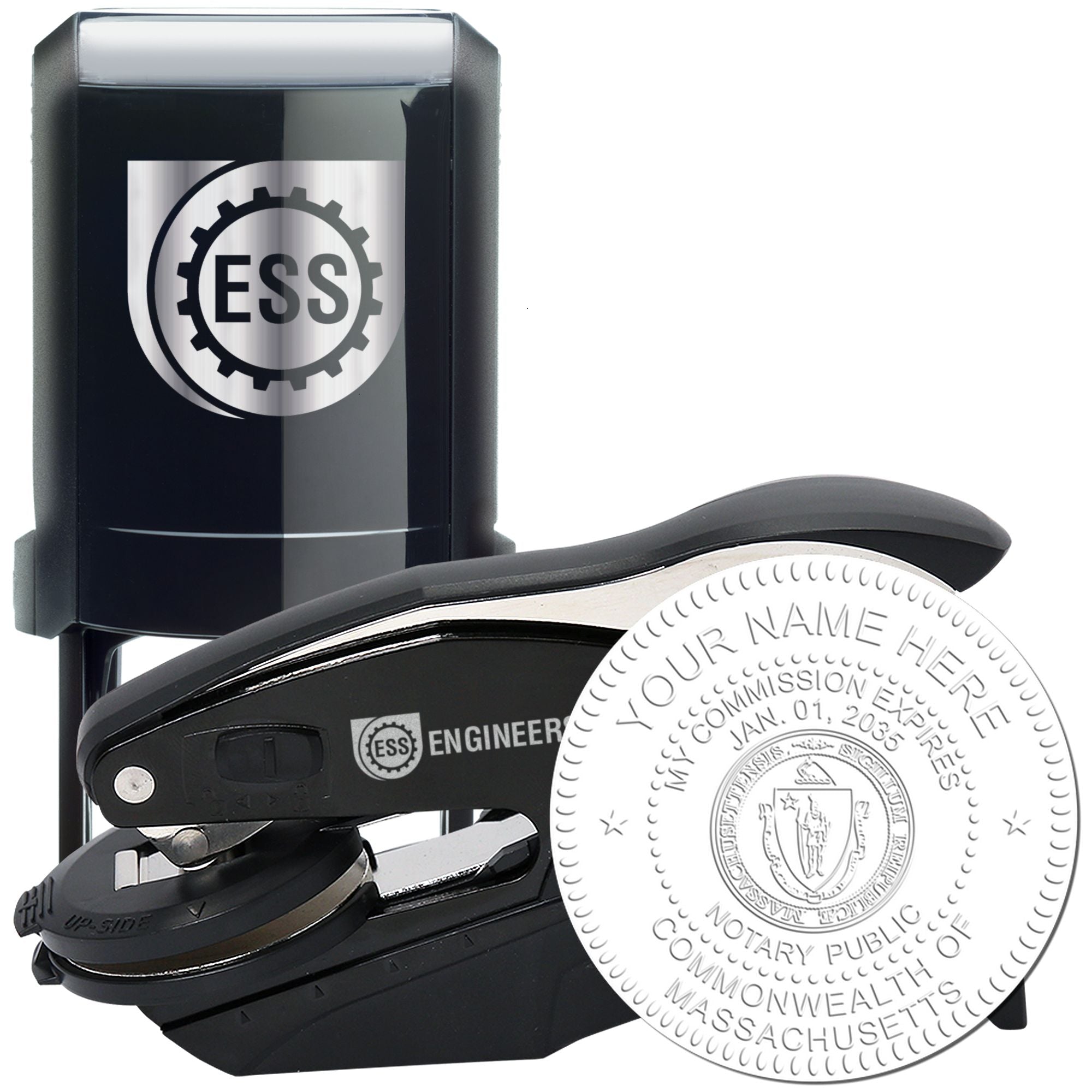

You’ve done your homework, and maybe you’re leaning toward an embosser or a self-inking stamp. Great choice! Now, let’s talk about how to actually purchase your seal. You can often order it online, over the phone, or in person if the supplier offers a retail outlet. Here’s a straightforward approach:
Confirm Your Commission Information
Make sure you have your full name, official notary title, and commission details in front of you. Double-check spelling and exact wording. Every detail on your seal must match the information on your official certificate.Select the Seal Type
Are you going for a self-inking stamp, an embosser, or a pre-inked option? Decide which style aligns best with your notary routine. If you’re planning to do a lot of traveling or off-site notarizations, you might prefer a lightweight option.Add Essentials
While you’re shopping, consider other supportive items you might need to operate smoothly. A sturdy notary record book, extra ink refills, or a protective pouch might come in handy. For a full range of notary public tools, check out U.S. Virgin Islands Notary Supplies. It’s always smart to grab everything you need in one go.Take Advantage of Special Offers
ESS provides a free electronic stamp when you buy a physical seal, which can be a real game-changer if you often notarize digital documents. Keep an eye out for any other promotions, such as free shipping or a package deal, that might reduce your overall cost.Proofread Before Finalizing
It’s easy to overlook small typos in your commission details or shipping address. So, do one last review. A quick double-check can spare you the hassle of reordering a corrected seal later.Submit Your Order and Follow Up
After you place your order, you might wonder how soon you can start stamping. Shipping times vary, but if you’re in a pinch, ask about expedited options. Once the seal arrives, inspect it right away for accuracy. If something seems off, contact customer support immediately so you can resolve issues sooner rather than later.
Handy Tips for a Smooth Purchase
- Ask your supplier about recommended ink colors. Some states and territories allow certain shades, while others prefer traditional black or blue.
- Check whether you’ll need extra accessories, like notary acknowledgment forms, to keep your practice organized and hassle-free.
- If you do remote notarizations, storing a backup seal at your main office might simplify your routine if you ever forget yours at home.
With just a bit of preparation, you’ll find the ordering process pretty straightforward. And once it’s all done, you’ll wonder why you didn’t buy your notary seal sooner.
Maintain And Renew
Owning any notary seal, whether it’s a stamp or embosser, forms part of your day-to-day workflow. However, it’s not enough to simply purchase the seal—you also have to maintain it so it remains compliant and in good working order.
Proper Storage
Keep your seal in a safe, dry spot away from direct sunlight and high humidity. Extreme temperatures can cause ink pads to dry out or the seal’s material to warp. If you have an embosser, protect it inside a case or pouch to stop dust, lint, or moisture from accumulating in its moving parts.
Clean And Check Regularly
It’s easy to overlook routine cleaning, but doing a quick wipe-down with a soft, lint-free cloth each week can prevent grime buildup. For self-inking or pre-inked stamps, refill the ink pads as needed to avoid blurred imprints. If your date or text plate starts to fade or crack, reach out to the supplier for replacement parts.
Keep Track Of Renewals
Some notaries assume that the day they receive their seal is the day it expires. That’s not the case—your seal stays valid alongside your notary commission, but you might need a new seal if your commission details change, you move, or you legally change your name. Whenever your commission is about to expire, check if you must update the imprint text or order a fresh seal. A proactive approach saves you from any licensing hiccups.
Staying on top of these minor tasks means your seal won’t let you down at a critical moment. The peace of mind alone is worth the extra few minutes of upkeep now and then.
FAQs About U.S. Virgin Islands Notary Seals
Below, you’ll find answers to a few of the common questions notaries in the U.S. Virgin Islands often ask:
1. Do I Need Both a Seal and a Stamp?
In many jurisdictions—including the U.S. Virgin Islands—you only need one primary method of officiating your notarial acts. Whether that’s an embosser or inked stamp is largely up to you, provided it meets your local guidelines. However, some notaries keep both for convenience. An embosser can be more secure in certain cases, while an inked stamp may be clearer on certain paper types.
2. How Often Should I Replace My Notary Seal?
A well-maintained seal can last for several years. You might replace it if the text becomes difficult to read, if you move and need to update your address (in places where the address is included), or if your commission information changes. Inspect it every few months for wear. If the imprint starts smudging or fading, it’s probably time to replace your seal or refill the ink, depending on the type.
3. Can I Let Someone Else Borrow My Seal?
No, you should never lend out your seal or leave it unattended. Letting someone else officiate documents under your name or commission number could put you at risk for legal consequences. Always keep your seal in a locked drawer or cabinet that only you can access, especially if you share a workspace with others.
Conclusion And Next Steps
Your notary seal is more than a formality—it’s a vital part of your professional reputation. By choosing a seal that’s clear, compliant, and built to last, you’ll be able to notarize documents with confidence. Plus, you’ll avoid the hassle of reordering a new one just a few months down the road.
Whether you go with an embosser or an ink stamp, do yourself a favor and buy quality from a trusted brand like ESS. You get quick service and a free electronic stamp, along with more than half a century of experience behind every product. Once your new seal arrives, take a few minutes to test it out, store it safely, and bookmark this page for future reference. You’ll be stamping like a pro in no time.

